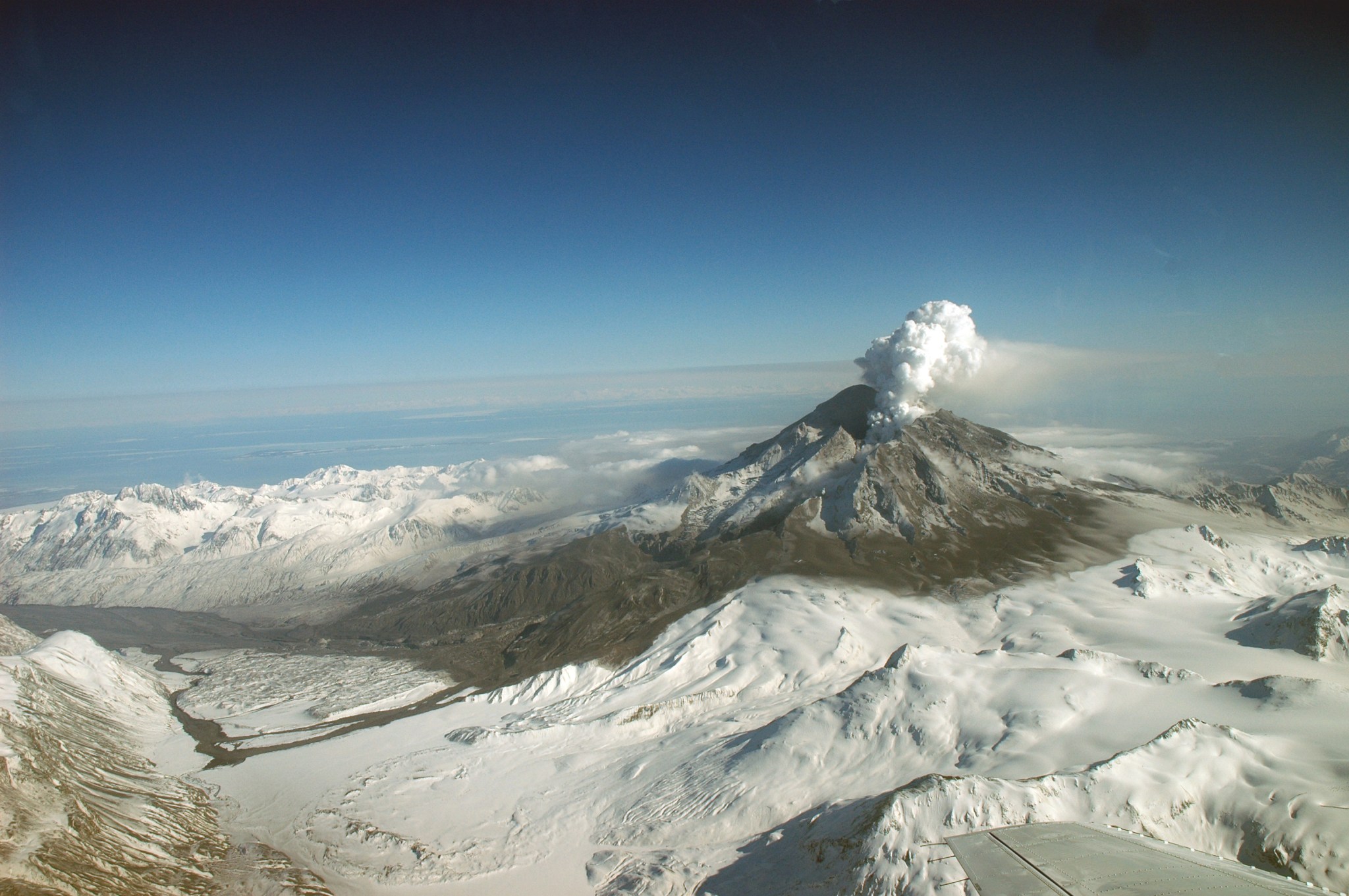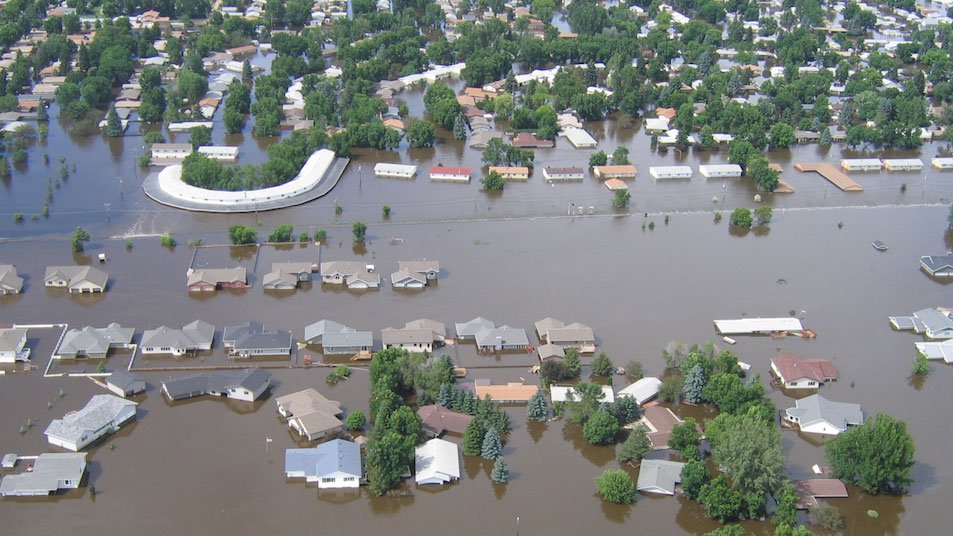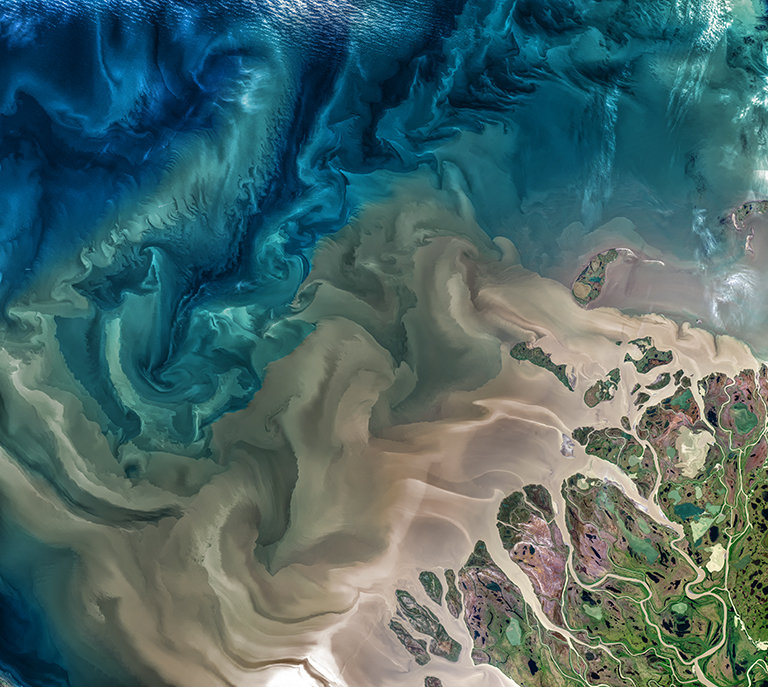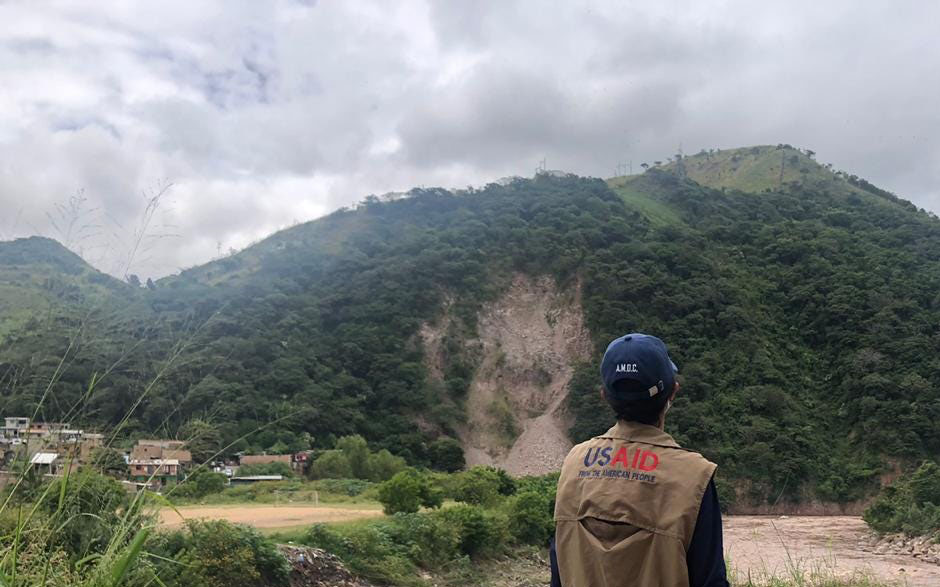NASA/Don Pettit On Jan. 10, 2025, NASA astronaut Don Pettit posted two images of the Los Angeles fires from the International Space Station. Multiple destructive fires broke out in the hills of Los Angeles County in early January 2025, fueled by a dry landscape and winds that gusted up to 100 miles per hour. See satellite imagery of the fires. Image credit: NASA/Don Pettit
Read MoreTag: Natural Disasters
NASA AI, Open Science Advance Disaster Research and Recovery
4 min read NASA AI, Open Science Advance Disaster Research and Recovery Hurricane Ida is pictured as a category 2 storm from the International Space Station as it orbited 264 miles above the Gulf of Mexico. In the foreground is the Canadarm2 robotic arm with Dextre, the fine-tuned robotic hand, attached. NASA By Lauren Perkins When you think of NASA, disasters such as hurricanes may not be the first thing to come to mind, but several NASA programs are building tools and advancing science to help communities make more informed…
Read MorePowerful New US-Indian Satellite Will Track Earth’s Changing Surface
6 min read Preparations for Next Moonwalk Simulations Underway (and Underwater) The NISAR mission will help researchers get a better understanding of how Earth’s surface changes over time, including in the lead-up to volcanic eruptions like the one pictured, at Mount Redoubt in southern Alaska in April 2009. R.G. McGimsey/AVO/USGS Data from NISAR will improve our understanding of such phenomena as earthquakes, volcanoes, and landslides, as well as damage to infrastructure. We don’t always notice it, but much of Earth’s surface is in constant motion. Scientists have used satellites and…
Read MoreInternational SWOT Mission Can Improve Flood Prediction
6 Min Read International SWOT Mission Can Improve Flood Prediction Flooding on the Souris River inundated this community in North Dakota in 2011. The U.S.-French SWOT satellite is giving scientists and water managers a new tool to look at floods in 3D, information that can improve predictions of where and how often flooding will occur. A partnership between NASA and the French space agency, the satellite is poised to help improve forecasts of where and when flooding will occur in Earth’s rivers, lakes, and reservoirs. Rivers, lakes, and reservoirs are…
Read MoreNASA Selects New Aircraft-Driven Studies of Earth and Climate Change
Earth (ESD) Earth and Climate Explore Climate Change Science in Action Multimedia Data More For Researchers 5 min read NASA Selects New Aircraft-Driven Studies of Earth and Climate Change NASA has selected six new airborne missions that include domestic and international studies of fire-induced clouds, Arctic coastal change, air quality, landslide hazards, shrinking glaciers, and emissions from agricultural lands. NASA’s suite of airborne missions complement what scientists can see from orbit, measure from the ground, and simulate in computer models. Funded through the agency’s Earth Venture program, the missions…
Read MoreNASA, Pacific Disaster Center Increase Landslide Hazard Awareness
5 min read NASA, Pacific Disaster Center Increase Landslide Hazard Awareness Communities worldwide now have access to a powerful tool to increase their awareness of landslide hazards, thanks to NASA and the Pacific Disaster Center. A humanitarian worker from USAID observes the impacts of a landslide. USAID deployed an elite Disaster Assistance Response Team on Nov. 17, 2020, to lead the U.S. response to Hurricanes Eta and Iota. USAID’s Bureau for Humanitarian Assistance After years of development and testing, NASA’s Landslide Hazard Assessment for Situational Awareness model (LHASA) has been…
Read More




